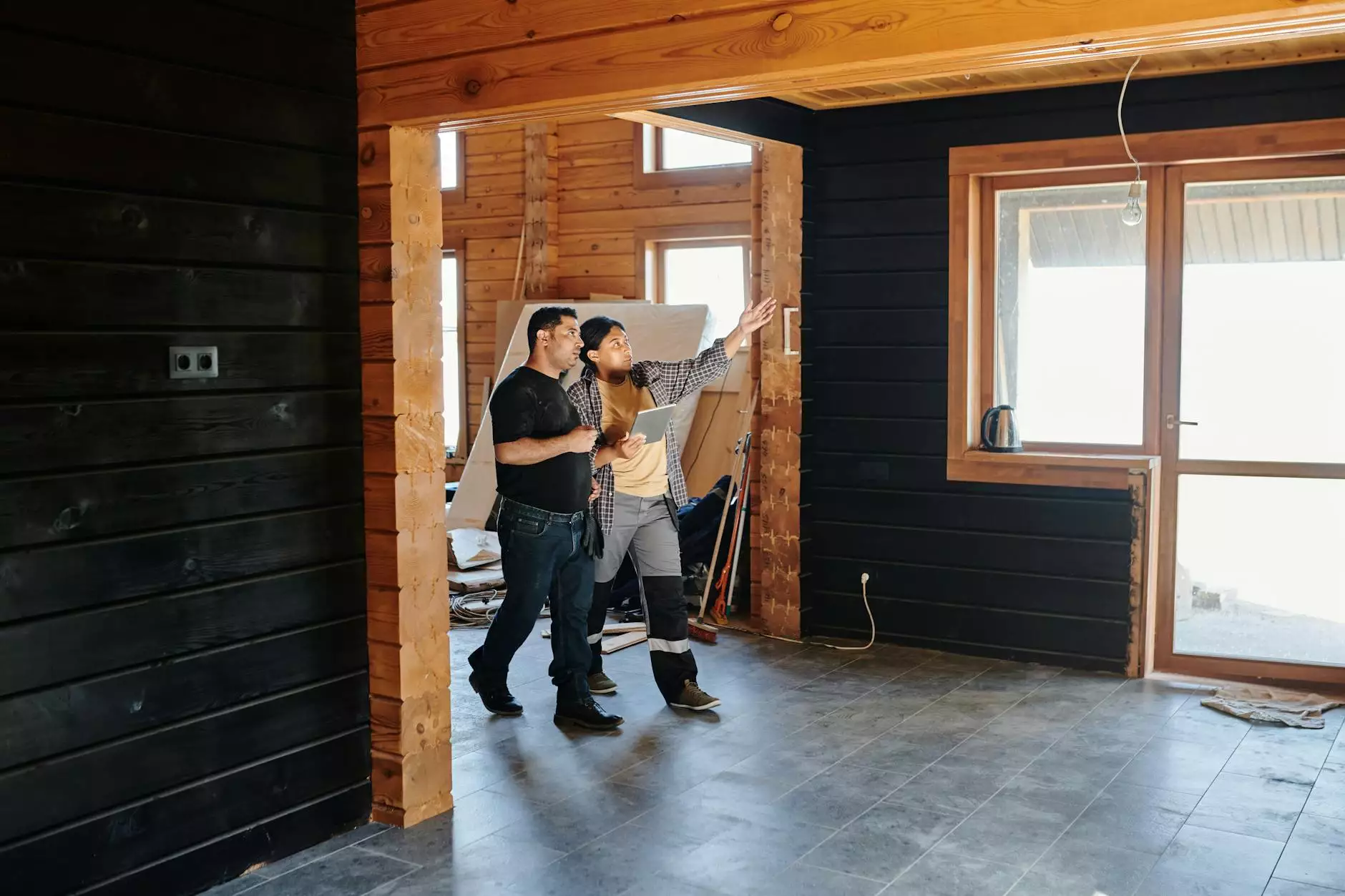Understanding the Deep Plane Face Lift

The beauty industry has seen numerous advancements in cosmetic procedures, but few have generated as much interest and acclaim as the deep plane face lift. This innovative technique emerges as a game-changer in the realm of facial rejuvenation, and for good reason. A traditional face lift focuses on tightening the skin, which can sometimes lead to a taut appearance. In contrast, the deep plane face lift addresses the underlying structures of the face, providing more natural and lasting results.
What Makes the Deep Plane Face Lift Unique?
The deep plane face lift is distinct from other surgical techniques due to its focus on the facial anatomy at a deeper level. Here are several key features that set it apart:
- Comprehensive Approach: This procedure involves lifting not just the skin, but also the underlying fat and muscle tissues. This comprehensive approach results in a more youthful and refreshed appearance.
- Minimized Recovery Time: Patients often experience less recovery time compared to traditional face lifts. The more advanced technique causes fewer disruptions to the facial tissues.
- Natural Results: Because the surgery aims to reposition the underlying structures, the results appear more harmonious and natural, avoiding the "pulled" look that can occur with more superficial techniques.
- Longevity of Results: Results from a deep plane face lift tend to last longer, with many patients enjoying their rejuvenated appearance for a decade or more.
The Anatomy of the Deep Plane Face Lift
To appreciate the significance of the deep plane face lift, it’s important to understand the facial anatomy involved. The procedure addresses:
- SMAS Layer: The Superficial Muscular Aponeurotic System (SMAS) is a network of fibrous tissue that plays a crucial role in facial expressions. A deep plane face lift allows the surgeon to manipulate the SMAS layer for more effective lifting.
- Fat Compartments: The face contains fat pockets that can contribute to the aging appearance. Repositioning these fat compartments helps restore volume and youthfulness.
- Muscle Structure: The restoration of underlying muscle contour is essential for achieving a natural and youthful look. This facelifting technique provides more control over how muscles are repositioned.
Preparing for Your Deep Plane Face Lift
Preparation is key for any surgical procedure, and the deep plane face lift is no exception. Here are the steps typically involved:
Consultation with a Board-Certified Surgeon
Your journey begins with a comprehensive consultation. During this meeting, your surgeon will:
- Evaluate your physical health and discuss your medical history.
- Assess your facial structure, skin condition, and signs of aging.
- Set realistic expectations by showing you before-and-after photos of previous patients.
Preoperative Instructions
In the weeks leading up to your surgery, your surgeon will provide instructions that may include:
- Avoiding certain medications, especially blood thinners, to reduce bleeding risks.
- Quitting smoking, which is crucial for optimal healing.
- Dietary recommendations to boost your immune system.
The Procedure: What to Expect During Surgery
The actual deep plane face lift procedure can vary slightly based on individual needs, but generally involves the following steps:
- Anesthesia: Patients are usually placed under general anesthesia to ensure comfort throughout the operation.
- Incisions: Incisions are typically made in discreet locations, such as around the ears or within the hairline, to minimize visible scarring.
- Lift and Reposition: The surgeon carefully lifts the SMAS layer and repositions fat compartments and muscles, creating a more youthful contour.
- Skin Tightening: Once the underlying structures are in place, the skin is gently draped over the new contours and secured.
- Closing Incisions: The incisions are then closed with sutures or adhesive to promote minimal scarring.
Recovery Process Following a Deep Plane Face Lift
Recovery from a deep plane face lift is generally swift, given the minimally invasive nature of the procedure. Here are some aspects of what to expect:
Initial Recovery Phase
In the first week, patients may experience swelling, bruising, and some discomfort. Pain management can be effectively handled with prescribed medication. Most individuals return to light activities within this timeframe.
Gradual Return to Normalcy
By weeks two to three, many patients feel ready to resume most daily activities, although exercise may be restricted for a bit longer. Your surgeon will provide follow-up appointments to monitor healing.
Long-Term Results
While the initial results may be evident sooner, the final appearance of the facelift will settle in over several months as swelling subsides entirely. The longevity and natural appearance of the results make this procedure relatively popular among those looking to turn back the clock.
Who is an Ideal Candidate for a Deep Plane Face Lift?
The deep plane face lift is suitable for both men and women typically aged 40 and above who exhibit:
- Drooping of the cheeks or jowls.
- Loss of neck definition.
- A need to restore facial volume and contour.
However, patients should also be in good overall health and have realistic expectations about the outcomes of the procedure.
The Importance of Choosing the Right Surgeon
One of the most crucial aspects of undergoing a deep plane face lift is selecting a qualified and experienced surgeon. Here are some points to consider:
- Board Certification: Ensure that your surgeon is certified by the American Board of Plastic Surgery.
- Experience: Look for a surgeon who specializes in facelift procedures and has extensive experience with the deep plane technique.
- Patient Testimonials: Seek out reviews or testimonials from previous patients to gauge satisfaction and outcomes.
Enhancing Your Results: Complementary Treatments
The benefits of the deep plane face lift can be further enhanced by combining it with other cosmetic procedures. Some popular options include:
- Fat Grafting: Transferring fat from other areas of the body to restore volume in the face.
- Dermal Fillers: Non-surgical options that can offer added volume and smooth out fine lines and wrinkles.
- Brow Lifts: To address sagging brows and improve upper facial aesthetics.
Conclusion: Why Consider a Deep Plane Face Lift?
In summary, the deep plane face lift represents a significant advancement in surgical techniques aimed at facial rejuvenation. With its focus on deeper structures of the face and its ability to produce natural and lasting results, it is no surprise that this procedure is gaining traction among individuals seeking an effective solution for age-related changes. By understanding the procedure, preparing adequately, and choosing the right surgeon, patients can embark on a transformative journey leading to enhanced self-confidence and vitality.
For those considering this remarkable procedure, Dr. Ermanak, located at drermanak.com, is renowned for his expertise and artistry in cosmetic surgery. Schedule a consultation today to explore the potential of a deep plane face lift and take your first step towards rejuvenation.



